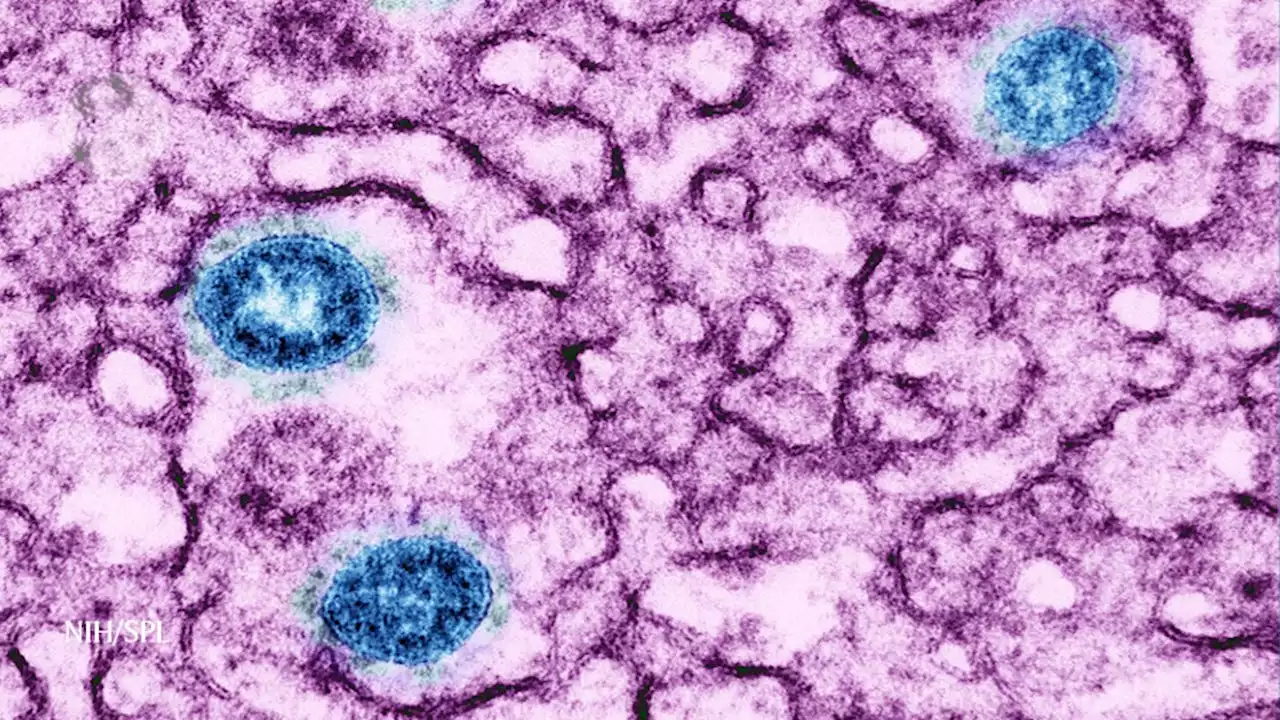Low cortisol levels and herpes-virus reactivation are associated with prolonged COVID-19 symptoms, preliminary research suggests.
. “A major weakness of this paper is the very small sample size,” says infectious-disease specialist Michael Sneller at the US National Institute of Allergy and Infectious Diseases in Bethesda, Maryland. “I would take with a huge grain of salt all these findings unless they are confirmed in larger studies.”
Long COVID consists of a constellation of sometimes debilitating symptoms that last for months or years after a SARS-CoV-2 infection.— but researchers have few clues to its causes. Most strikingly, the study found that in the long-COVID group, levels of cortisol, a stress hormone that has a role in regulating inflammation, blood sugar levels and sleep cycles, were about 50% lower than in healthy participants. The authors also found hints that in people with long COVID, Epstein–Barr virus, which can cause mononucleosis, and varicella-zoster virus, which causes chickenpox and shingles, might recently have been ‘reactivated’.
Another limitation of the study is that Iwasaki’s team did not analyse participants’ samples for the presence of the Epstein–Barr and varicella-zoster viruses, instead measuring levels of antibodies against the viruses.
United States Latest News, United States Headlines
Similar News:You can also read news stories similar to this one that we have collected from other news sources.
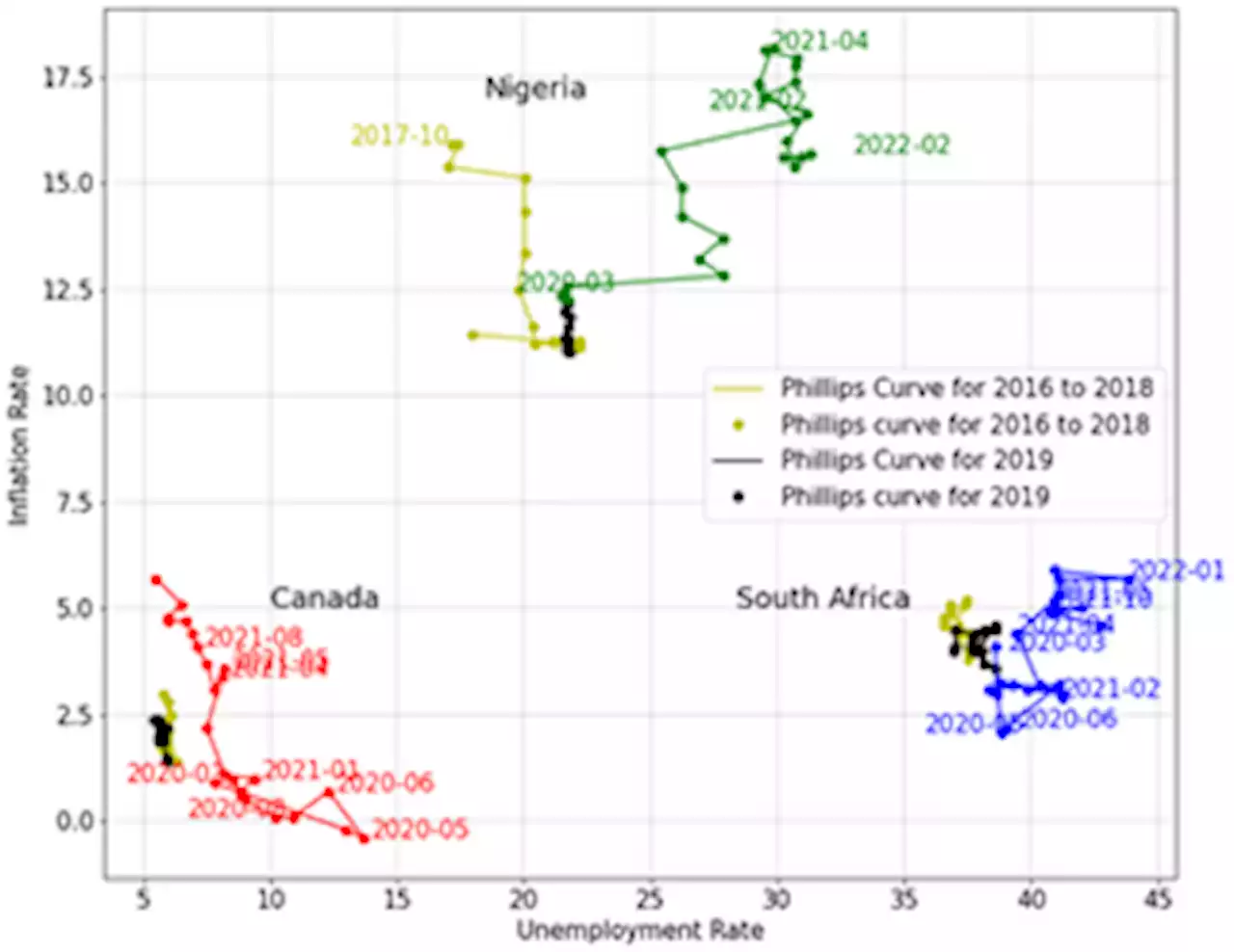 A cross-country analysis of macroeconomic responses to COVID-19 pandemic using Twitter sentimentsThe COVID-19 pandemic has had a devastating impact on the global economy. In this paper, we use the Phillips curve to compare and analyze the macroeconomics of three different countries with distinct income levels, namely, lower-middle (Nigeria), upper-middle (South Africa), and high (Canada) income. We aim to (1) find macroeconomic changes in the three countries during the pandemic compared to pre-pandemic time, (2) compare the countries in terms of response to the COVID-19 economic crisis, and (3) compare their expected economic reaction to the COVID-19 pandemic in the near future. An advantage to our work is that we analyze macroeconomics on a monthly basis to capture the shocks and rapid changes caused by on and off rounds of lockdowns. We use the volume and social sentiments of the Twitter data to approximate the macroeconomic statistics. We apply four different machine learning algorithms to estimate the unemployment rate of South Africa and Nigeria on monthly basis. The results show that at the beginning of the pandemic the unemployment rate increased for all the three countries. However, Canada was able to control and reduce the unemployment rate during the COVID-19 pandemic. Nonetheless, in line with the Phillips curve short-run, the inflation rate of Canada increased to a level that has never occurred in more than fifteen years. Nigeria and South Africa have not been able to control the unemployment rate and did not return to the pre-COVID-19 level. Yet, the inflation rate has increased in both countries. The inflation rate is still comparable to the pre-COVID-19 level in South Africa, but based on the Phillips curve short-run, it will increase further, if the unemployment rate decreases. Unfortunately, Nigeria is experiencing a horrible stagflation and a wild increase in both unemployment and inflation rates. This shows how vulnerable lower-middle-income countries could be to lockdowns and economic restrictions. In the near future, the main concern for al
A cross-country analysis of macroeconomic responses to COVID-19 pandemic using Twitter sentimentsThe COVID-19 pandemic has had a devastating impact on the global economy. In this paper, we use the Phillips curve to compare and analyze the macroeconomics of three different countries with distinct income levels, namely, lower-middle (Nigeria), upper-middle (South Africa), and high (Canada) income. We aim to (1) find macroeconomic changes in the three countries during the pandemic compared to pre-pandemic time, (2) compare the countries in terms of response to the COVID-19 economic crisis, and (3) compare their expected economic reaction to the COVID-19 pandemic in the near future. An advantage to our work is that we analyze macroeconomics on a monthly basis to capture the shocks and rapid changes caused by on and off rounds of lockdowns. We use the volume and social sentiments of the Twitter data to approximate the macroeconomic statistics. We apply four different machine learning algorithms to estimate the unemployment rate of South Africa and Nigeria on monthly basis. The results show that at the beginning of the pandemic the unemployment rate increased for all the three countries. However, Canada was able to control and reduce the unemployment rate during the COVID-19 pandemic. Nonetheless, in line with the Phillips curve short-run, the inflation rate of Canada increased to a level that has never occurred in more than fifteen years. Nigeria and South Africa have not been able to control the unemployment rate and did not return to the pre-COVID-19 level. Yet, the inflation rate has increased in both countries. The inflation rate is still comparable to the pre-COVID-19 level in South Africa, but based on the Phillips curve short-run, it will increase further, if the unemployment rate decreases. Unfortunately, Nigeria is experiencing a horrible stagflation and a wild increase in both unemployment and inflation rates. This shows how vulnerable lower-middle-income countries could be to lockdowns and economic restrictions. In the near future, the main concern for al
Read more »
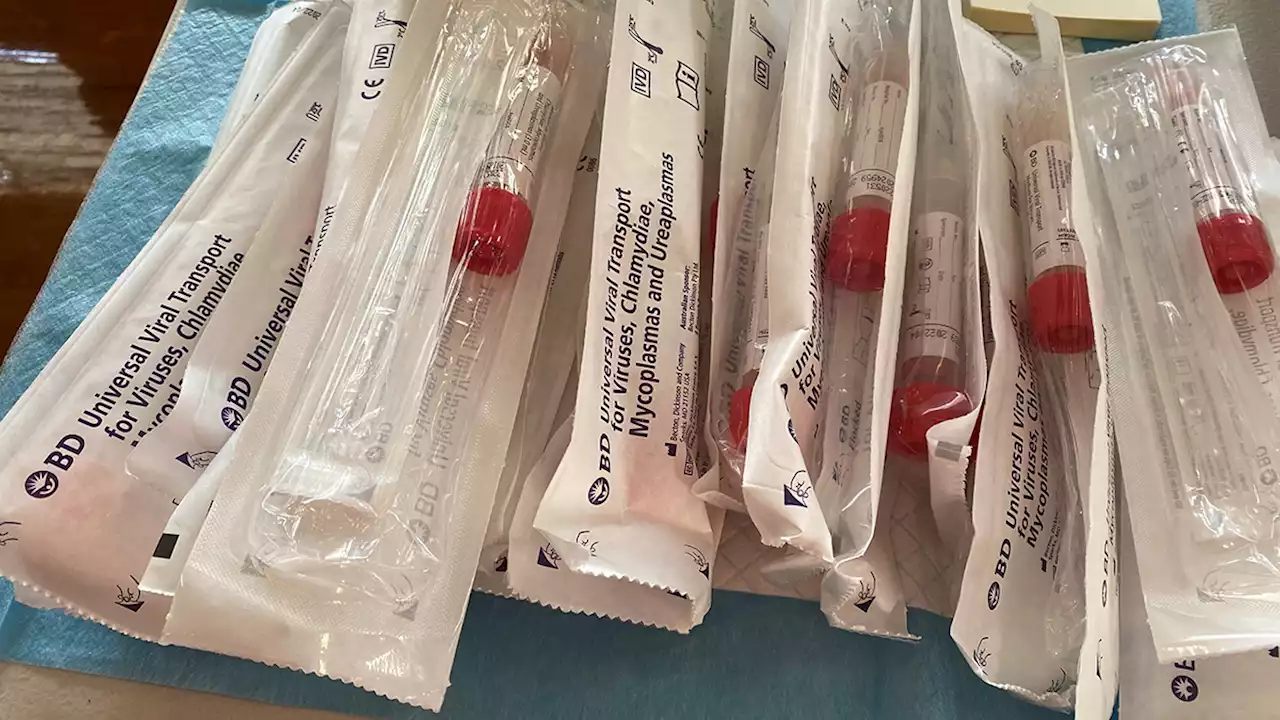 COVID by the Numbers: Just 1 Chicago-Area County Now at ‘High Community Level,' CDC SaysCases of coronavirus have begun to decline in recent weeks, and that trend is being demonstrated in the Chicago area, as just one county remains at a “high community level” of the virus.
COVID by the Numbers: Just 1 Chicago-Area County Now at ‘High Community Level,' CDC SaysCases of coronavirus have begun to decline in recent weeks, and that trend is being demonstrated in the Chicago area, as just one county remains at a “high community level” of the virus.
Read more »
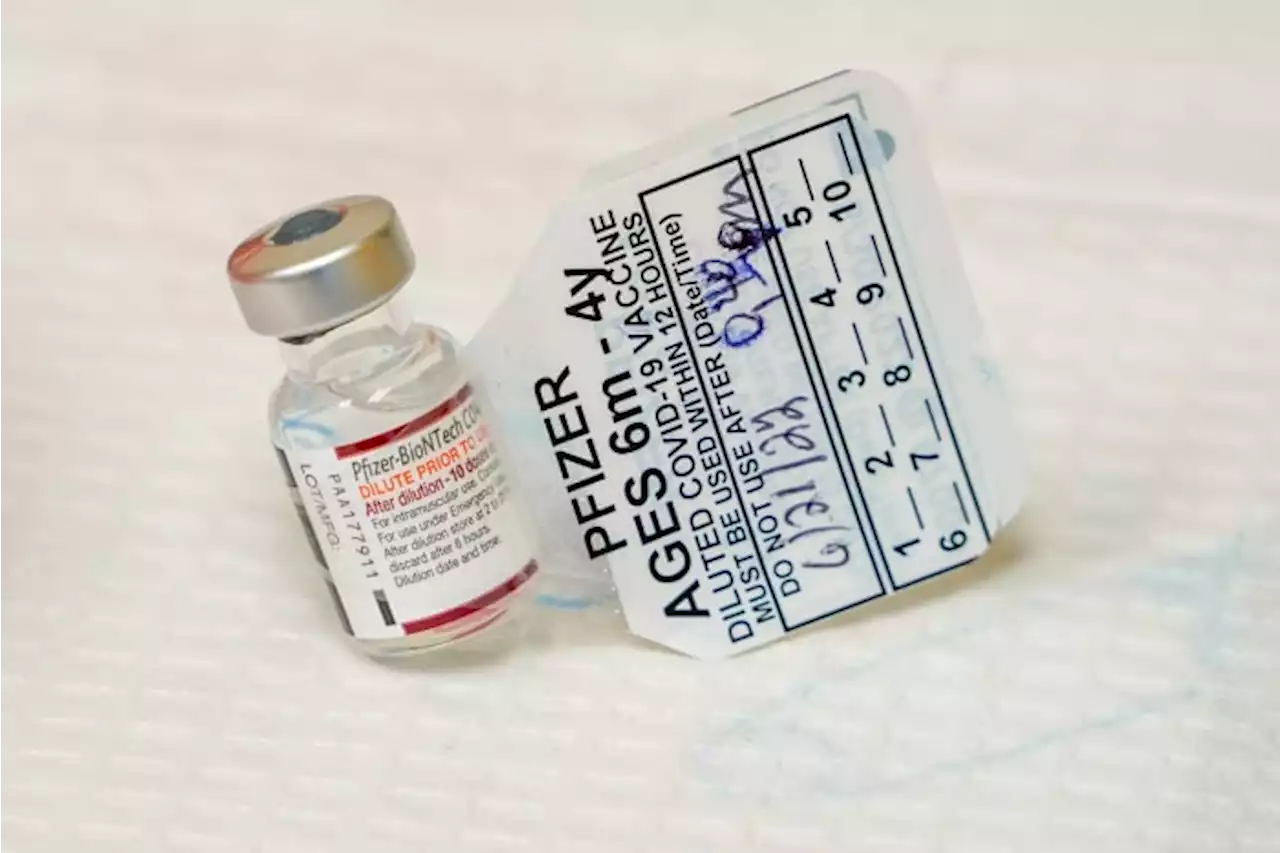 Pfizer COVID shots appear 73% effective in children under 5Pfizer’s says its COVID-19 vaccine was 73% effective in protecting children younger than 5 as omicron spread in the spring.
Pfizer COVID shots appear 73% effective in children under 5Pfizer’s says its COVID-19 vaccine was 73% effective in protecting children younger than 5 as omicron spread in the spring.
Read more »
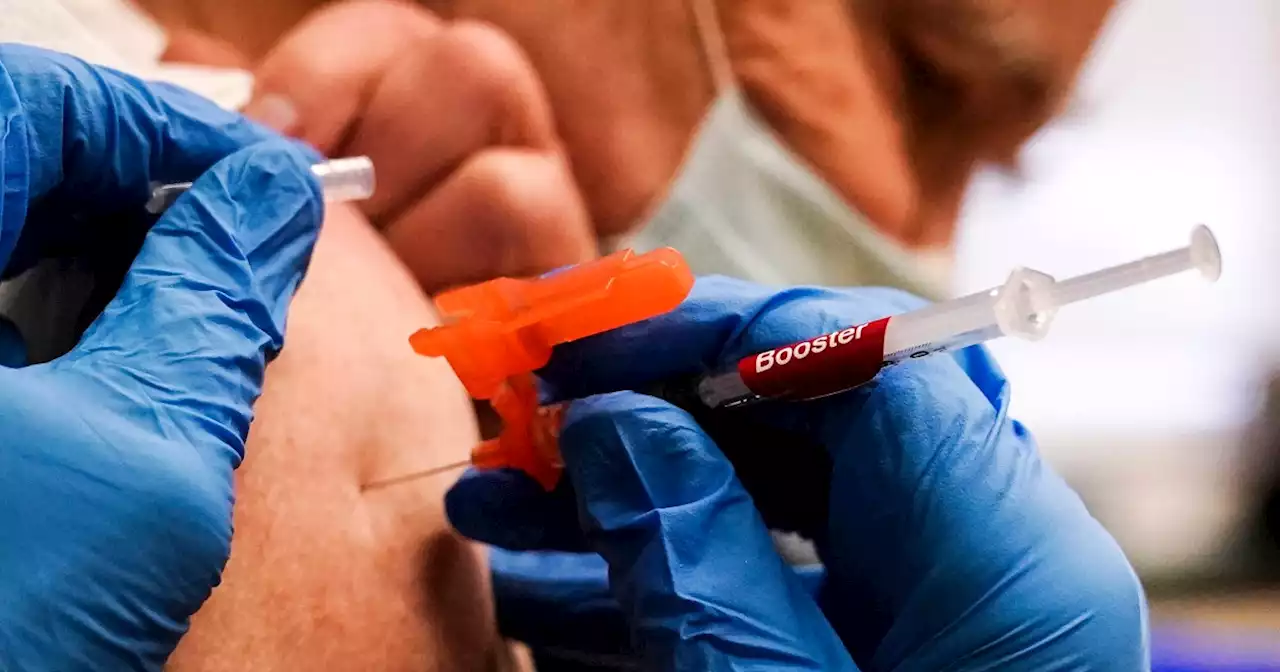 Moderna asks FDA to authorize its updated Covid booster shotThe reformulated booster targets the BA.5 omicron subvariant, currently dominant in the U.S. The Biden administration plans to roll out the shots in the fall.
Moderna asks FDA to authorize its updated Covid booster shotThe reformulated booster targets the BA.5 omicron subvariant, currently dominant in the U.S. The Biden administration plans to roll out the shots in the fall.
Read more »
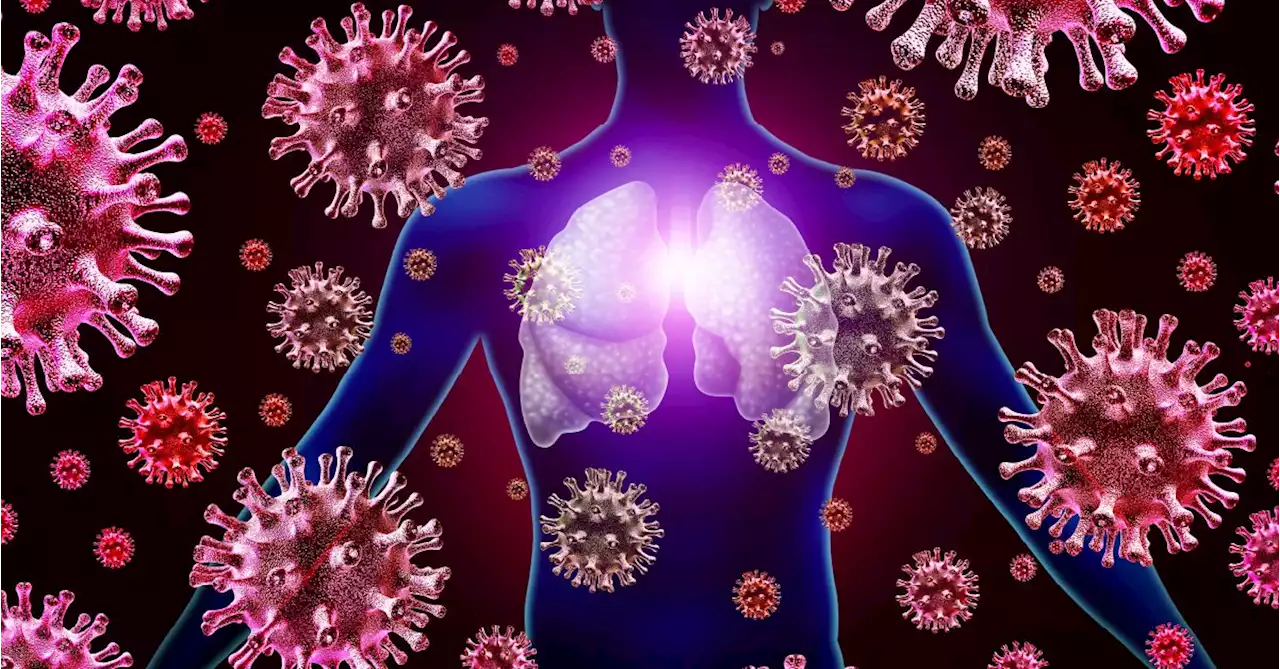 COVID Incubation Periods Have Fallen Over TimeThe incubation period from infection to symptoms or a first positive COVID-19 test has decreased as the coronavirus has evolved, dropping from 5 days to 3.5 days, according to a new study published in JAMA Network Open.
COVID Incubation Periods Have Fallen Over TimeThe incubation period from infection to symptoms or a first positive COVID-19 test has decreased as the coronavirus has evolved, dropping from 5 days to 3.5 days, according to a new study published in JAMA Network Open.
Read more »
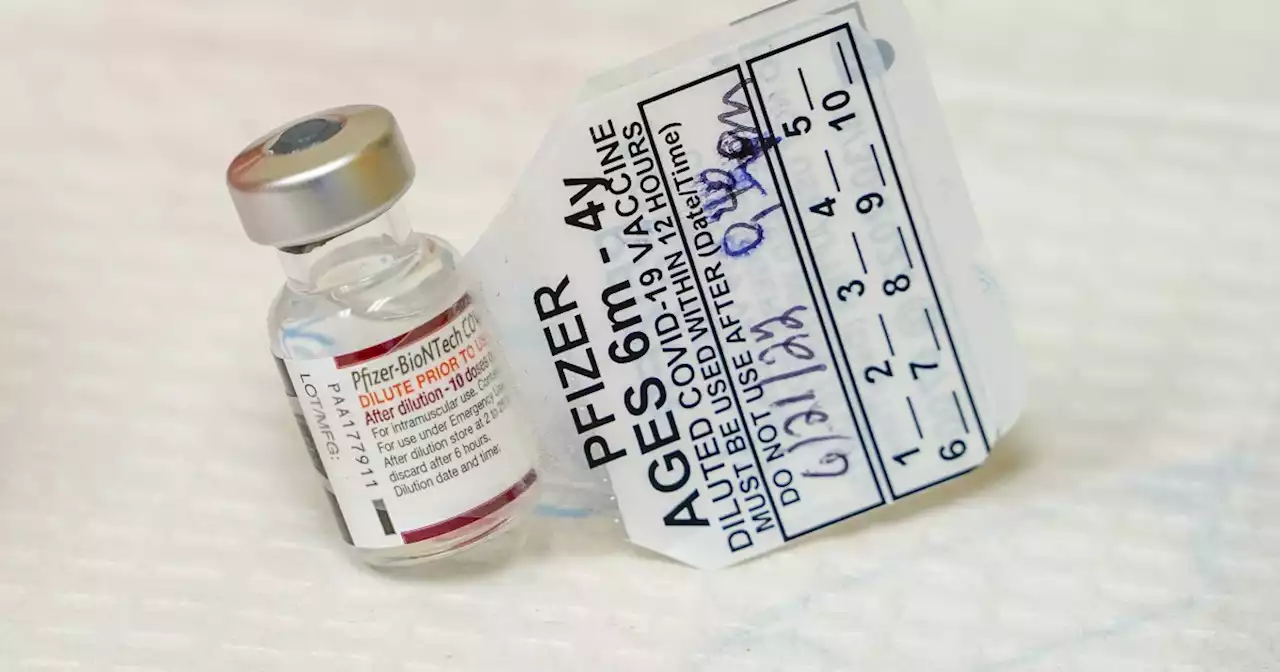 Pfizer touts effectiveness of COVID-19 shot in younger childrenPfizer says its three-dose COVID-19 vaccine for children 6 months through 4 years of age is 73.2% effective.
Pfizer touts effectiveness of COVID-19 shot in younger childrenPfizer says its three-dose COVID-19 vaccine for children 6 months through 4 years of age is 73.2% effective.
Read more »
